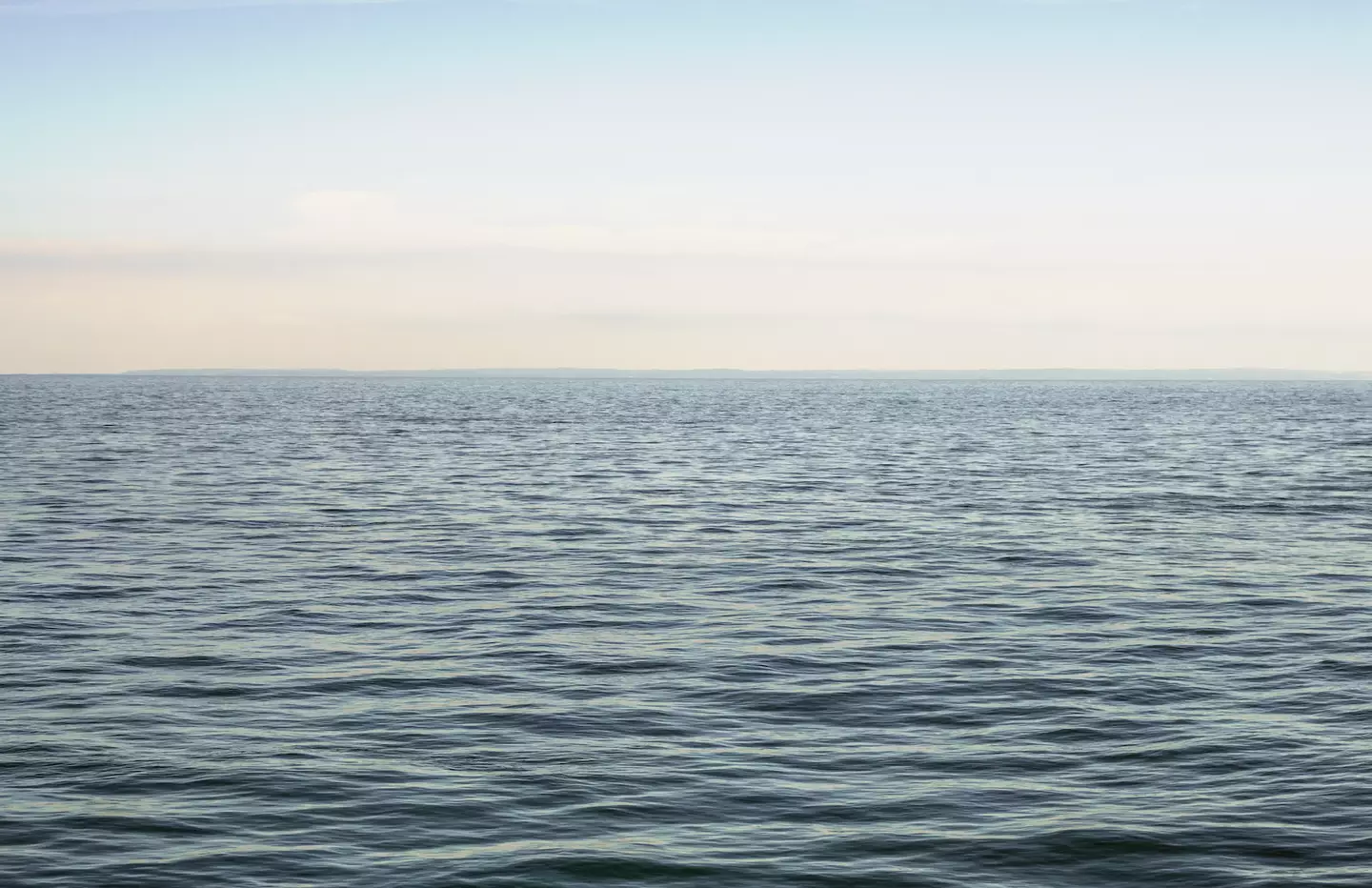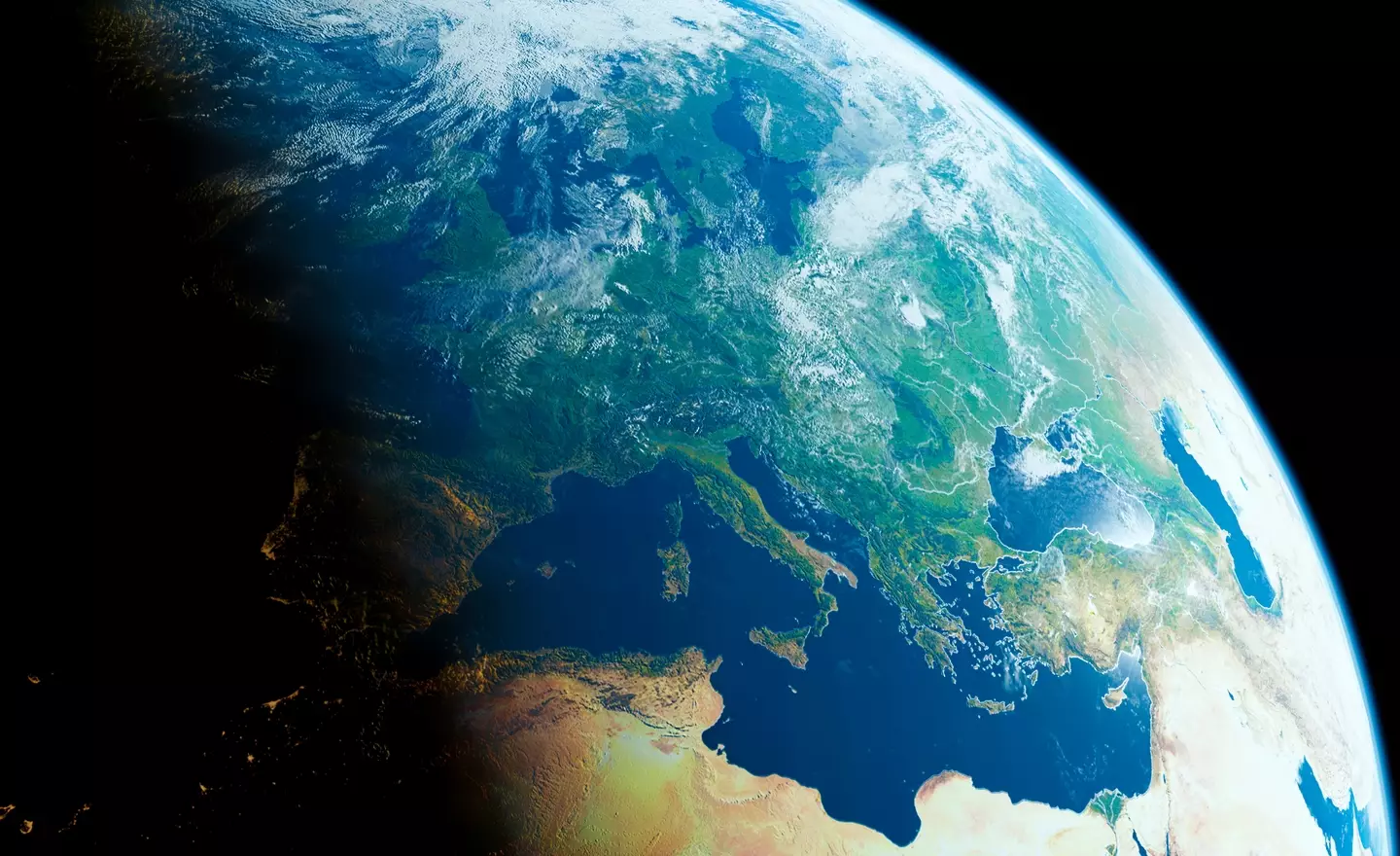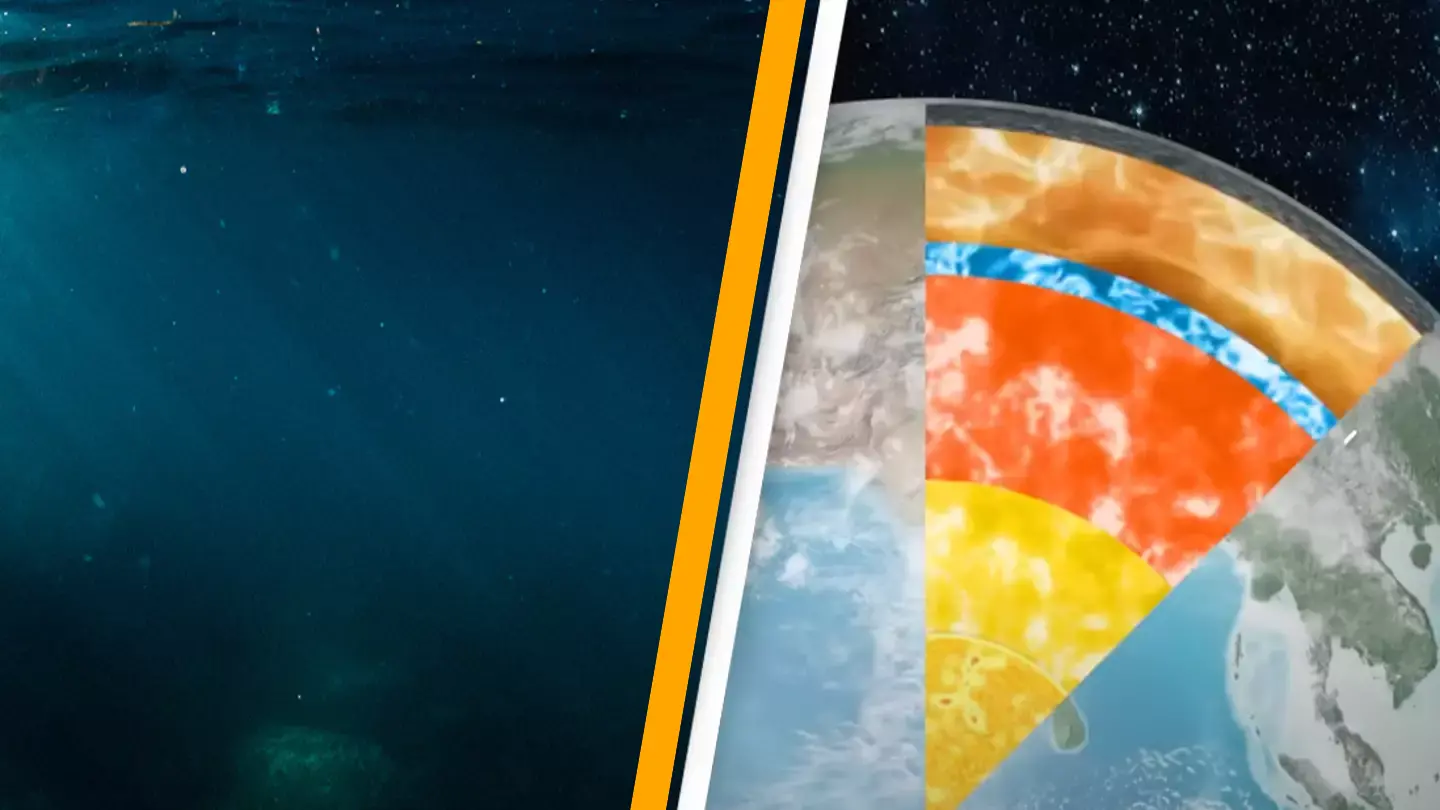The ocean may cover over 70 percent of Earth’s surface, yet it is not the largest water reservoir on our planet.
For a long time, scientists believed the ocean was the most extensive water body, but that notion was overturned in 2014.
During that year, researchers from Northwestern University in Illinois made a groundbreaking discovery of a new ocean; one that is concealed deep below the Earth’s surface.
The breakthrough occurred when the team employed seismometers to monitor the waves produced by earthquakes across the United States.

Upon analyzing the data, the scientists observed that the waves were not confined to Earth’s surface but were propagating through the planet’s core.
They subsequently measured the speed and depth of these waves to identify the type of rocks that housed the water.
The investigation uncovered a hidden ocean, located approximately 400 miles underground, encapsulated within a blue mineral known as ‘ringwoodite’ in the Earth’s mantle.
This water doesn’t exist as a traditional liquid, solid, or gas. Instead, it occupies a unique molecular structure within the mantle rock.
Geophysicist Steve Jacobsen, who contributed to the discovery, explained: “The ringwoodite is like a sponge, soaking up water, there is something very special about the crystal structure of ringwoodite that allows it to attract hydrogen and trap water.”

“This mineral can contain a lot of water under conditions of the deep mantle.”
The ringwoodite can hold up to 1.5 percent water. If it contains just 1 percent water in its structure, it would equate to three times the water found in all the oceans on Earth’s surface.
It’s a staggering thought, but examining this water could be crucial for scientists aiming to understand Earth’s formation.
Contrary to the hypothesis that Earth’s water originated from asteroids and comets, this discovery might bolster the theory that Earth’s water emerged from within.
Jacobsen stated: “I think we are finally seeing evidence for a whole-Earth water cycle, which may help explain the vast amount of liquid water on the surface of our habitable planet.
“Scientists have been looking for this missing deep water for decades.”
Following this remarkable find, Jacobsen and his team focused on determining if this layer encircles the entire planet.

